While I love it when friends come to visit, usually it’s up to me to plan the activities. I understand, that since I’m the one who lives here, I’m the one who should do the ‘entertaining.’ I don’t mean the meal cooking and restaurant choosing (which I love to do anyway) but the ‘what are we doing today’ kind of decisions. Museums, churches, fountains. You know, Roman stuff that every visitor to Rome wants to do.
But, you know, I’ve done that, been there. Taking the day off work to go stand in line to see the Sistine chapel is not my idea of fun. While I don’t mind seeing the Caravaggio frescoes at San Luigi dei Francese one more time, I’m usually worrying that I’m taking too much time off of work.
But when my friend Suzanne comes to town, it’s a completely different story. Not only does she not expect me to plan out any sight seeing excursions, she arrives in town with her own incredible itinerary that she invites me along to join in on.
About 15 years ago Suzanne founded Friends of Heritage Preservation. This is a small private charitable group that supports preservation initiatives all over the world. So when Suzanne comes to town, she is usually looking at projects that her group can help. And the projects are inevitably treasures that are normally closed to the public because they are either in such bad repair or else in need of funds for maintenance.
So while she was in town a couple of weeks ago, I got to tag along as she visited the Roman forum to see two different sites in need of help.
Our first stop was to the Casina Farnese. Located atop the Palatine Hill, this pleasure lodge was built by Farnese family in the 16th century and was part of the larger complex of the Orti Farnesiani. We visited the two story loggia that faces out towards the Tiber and was decorated by the workshop of Taddeo Zuccari.
At first we were a bit confused, since this beautiful fresco cycle looked like it had just been restored. Then we learned that in fact the World Monuments Fund had supported the recent stabilization of the building and the restoration of the frescos. (read more about it here) Why was it still closed to the public? Because, like all Italian stories, there is a chapter 2 which involves the Italian government finding funds not only to close in the loggia with glass windows, but hire staff to man the proposed small museum.
We then headed town the hill, to visit the Nymphaeum located beneath the Farnese Aviaries. Part of the same 16th century complex, our destination was the grotto built into the hillside. As we entered beyond the padlocked gate, Suzanne commented “Ah, this is more like the projects I’m used to seeing.” While romantically dilapidated, the humid grotto has obviously suffered from neglect and water damage.
Friends of Heritage Preservation often works in tandem with the World Monuments Fund to find projects to fund. Since much also depends on the host country’s participation, the various powers that be here in Italy will have to come up with a feasible plan (and budget) for this to go forward. Let’s hope they do. Because while it was nice having a private visit, it would be much nicer if these monuments were open to the public.
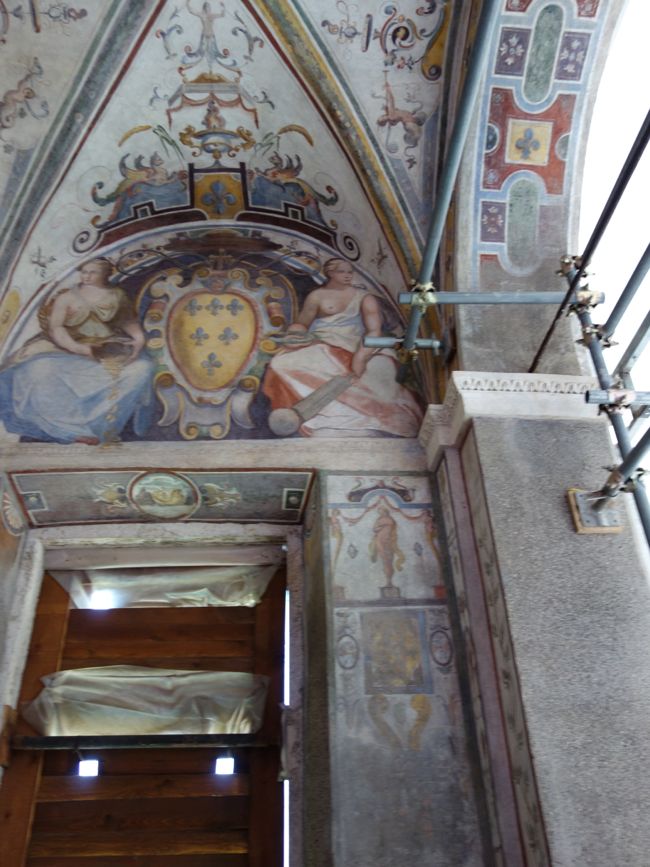
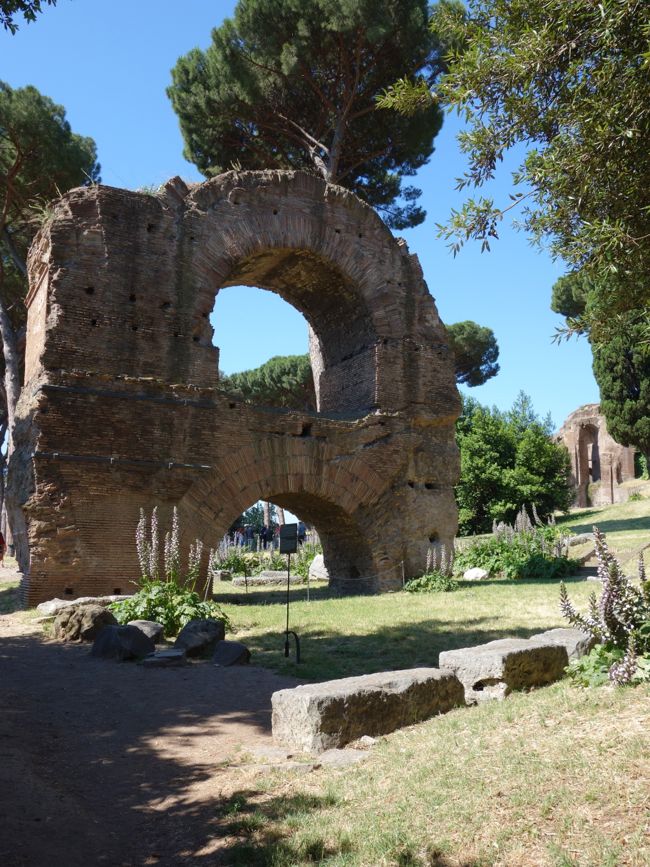
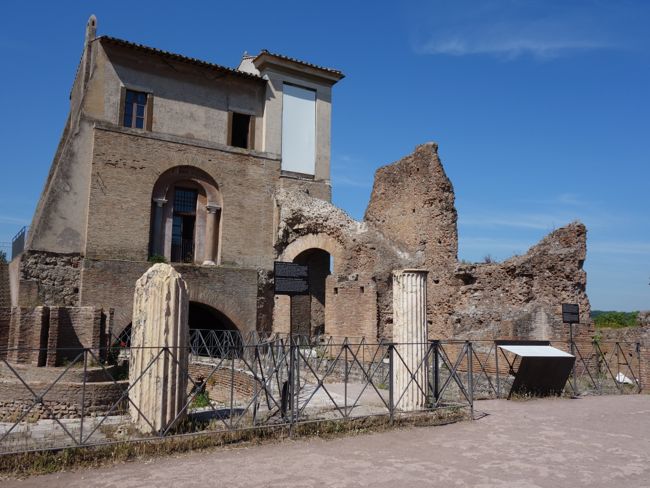
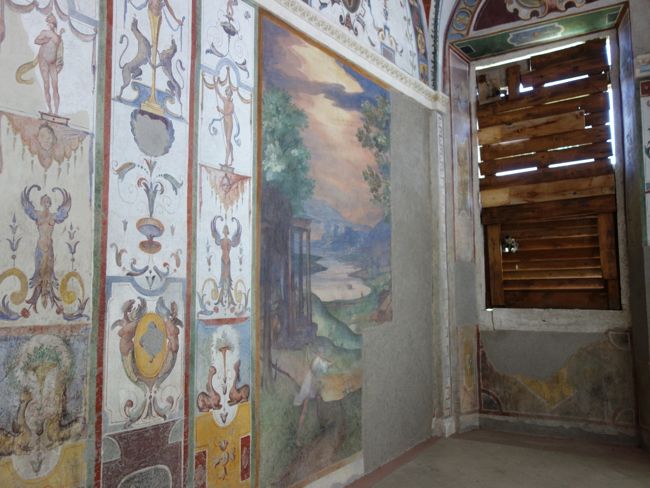
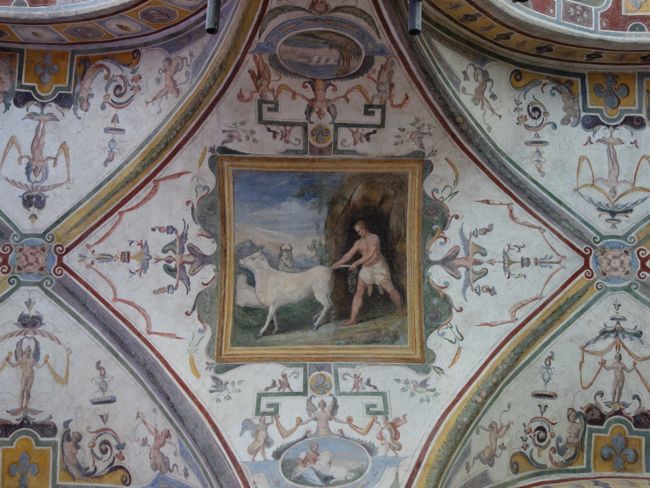
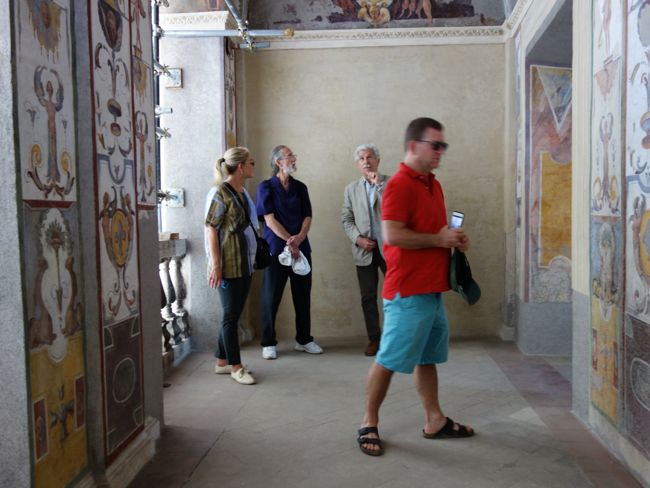
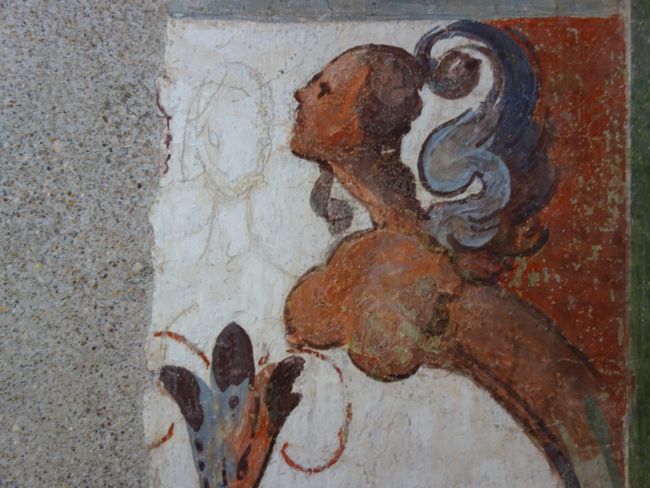
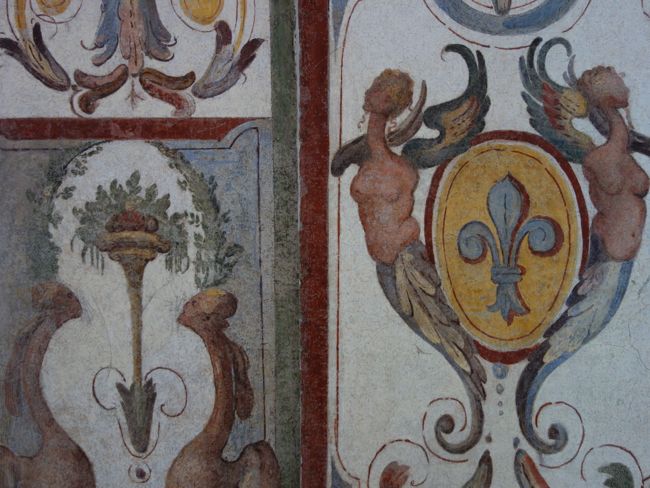
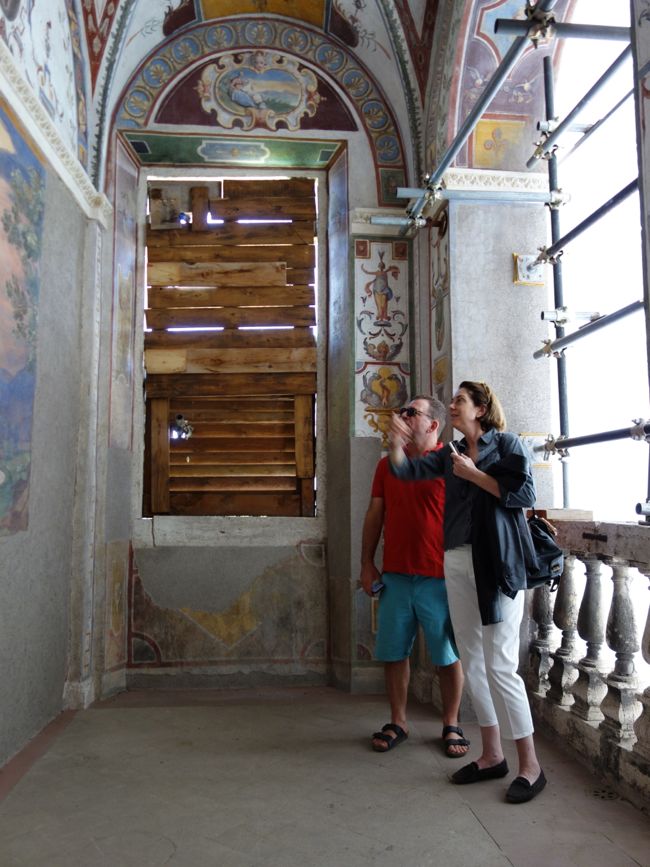
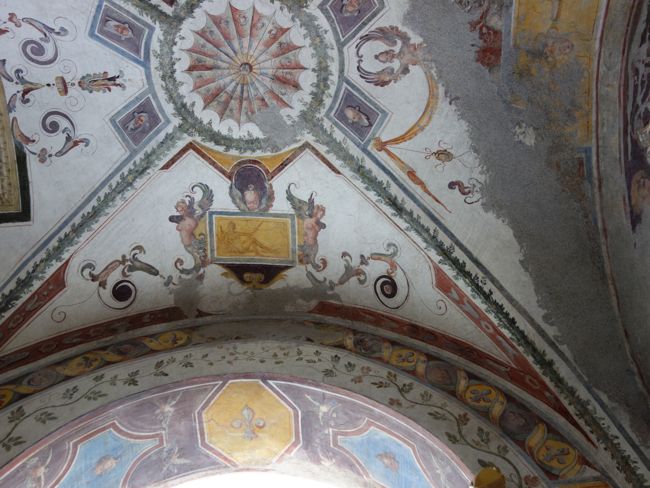
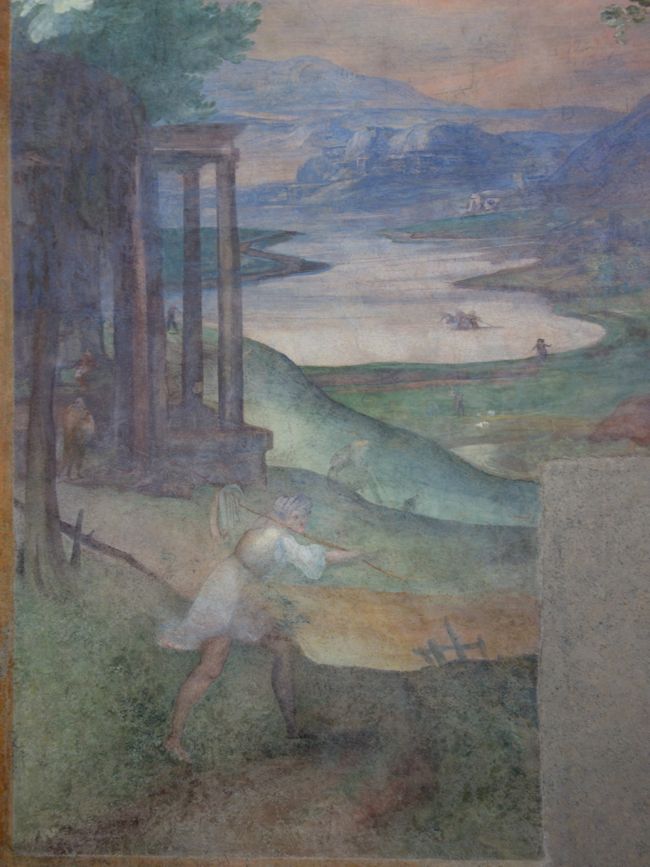
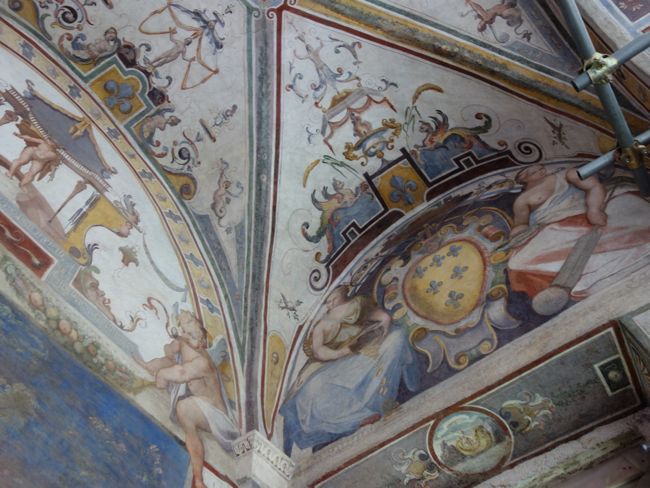
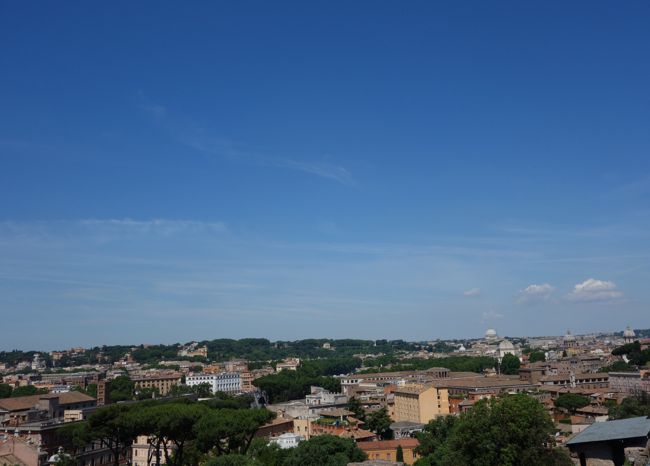
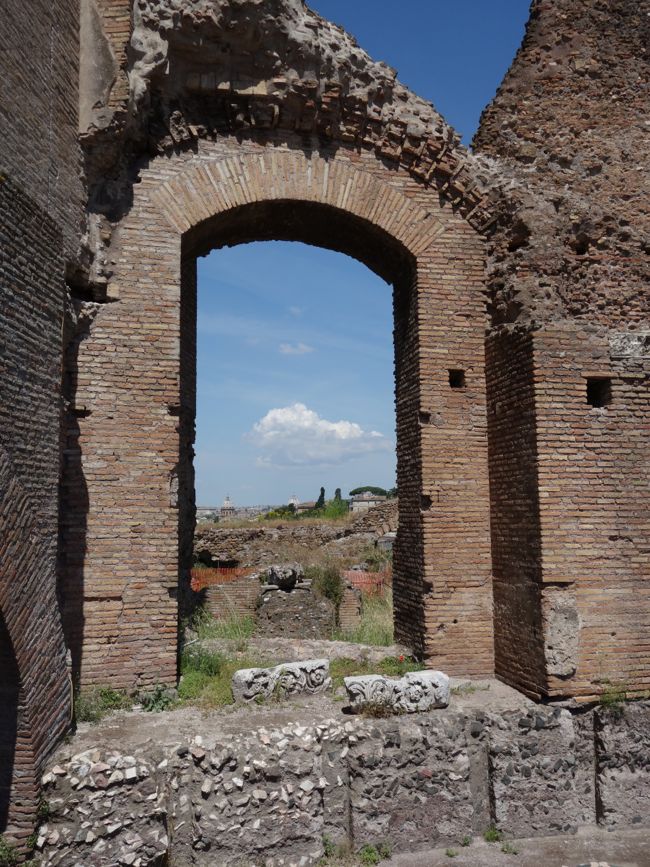
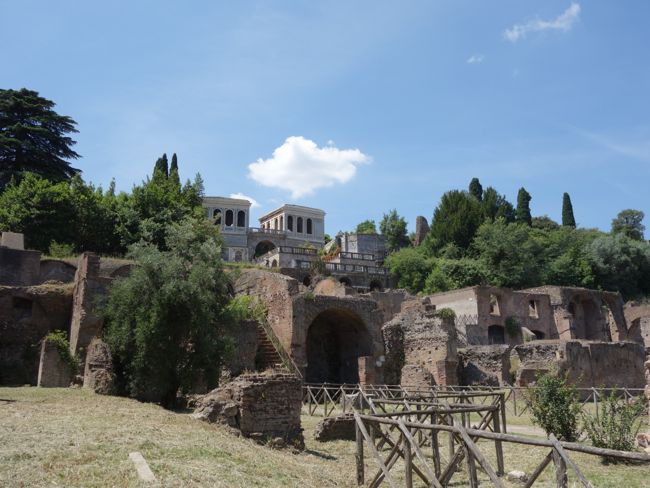
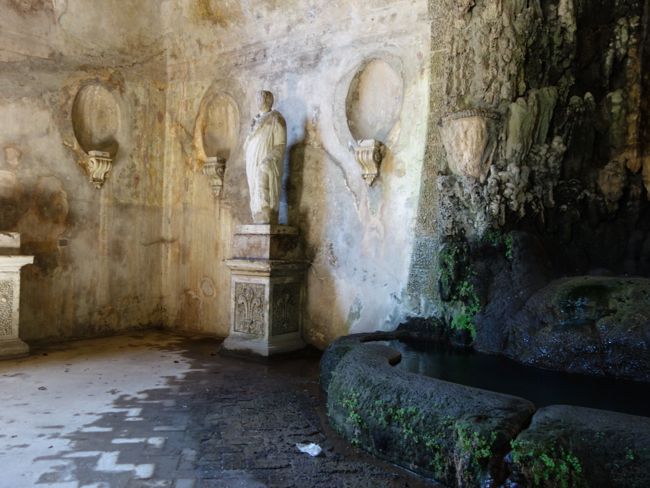
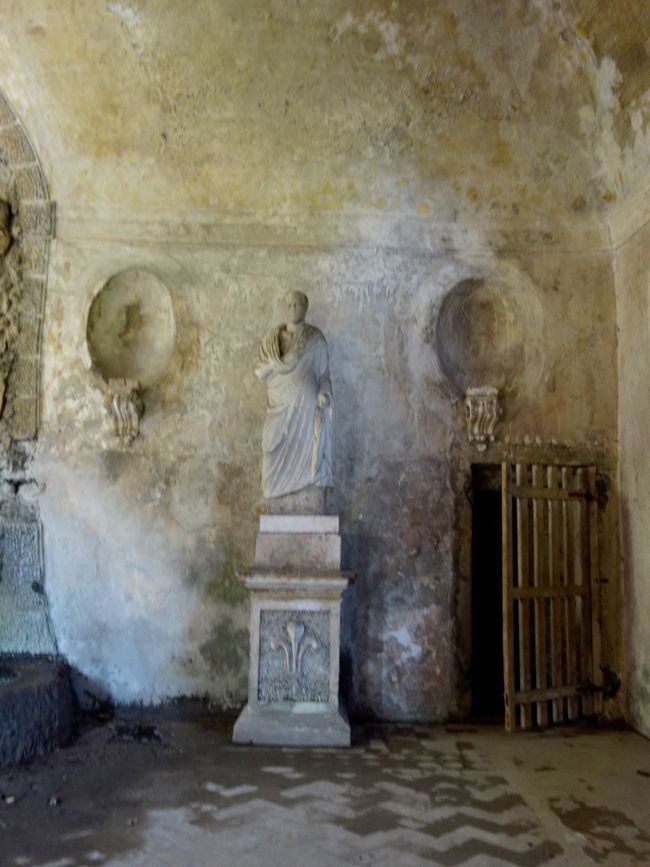
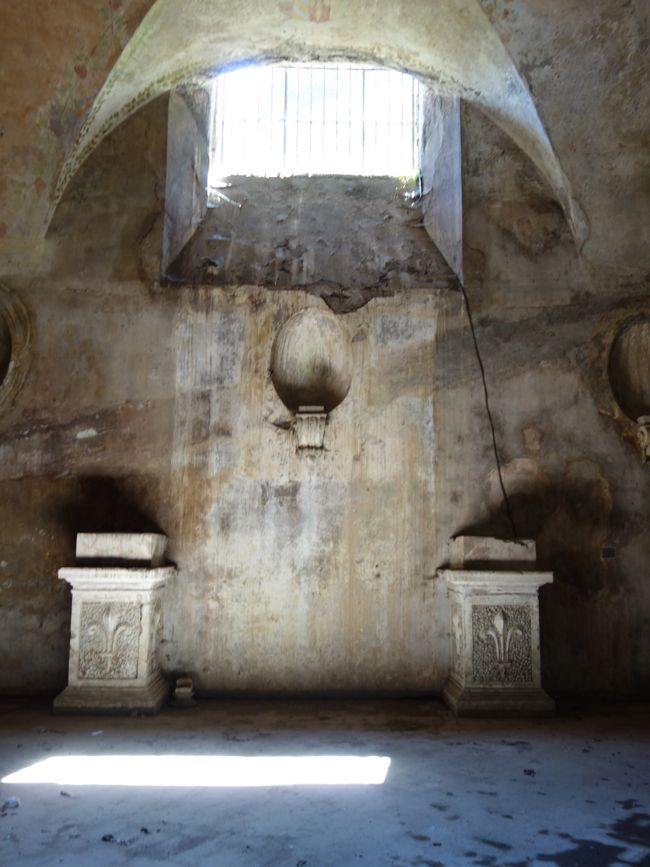
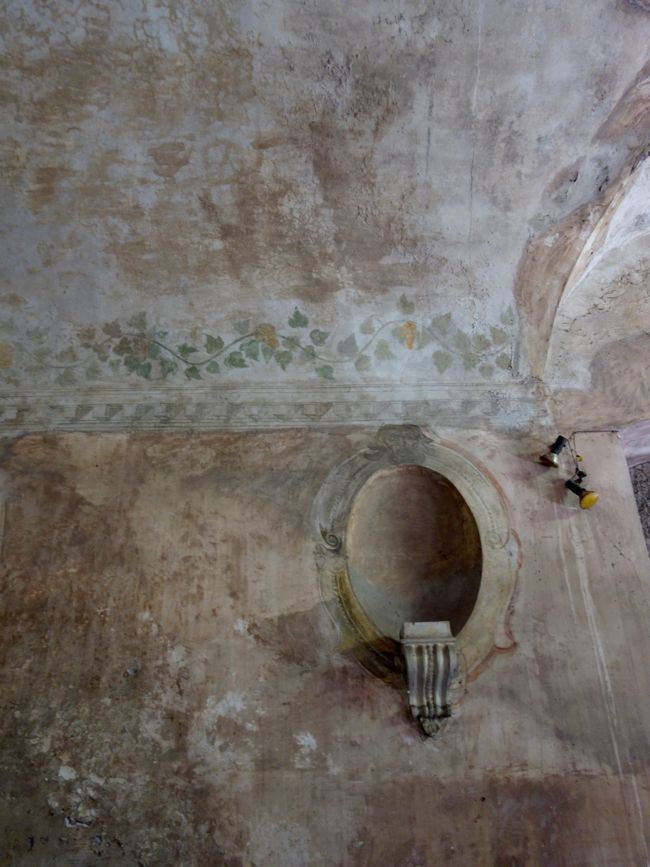
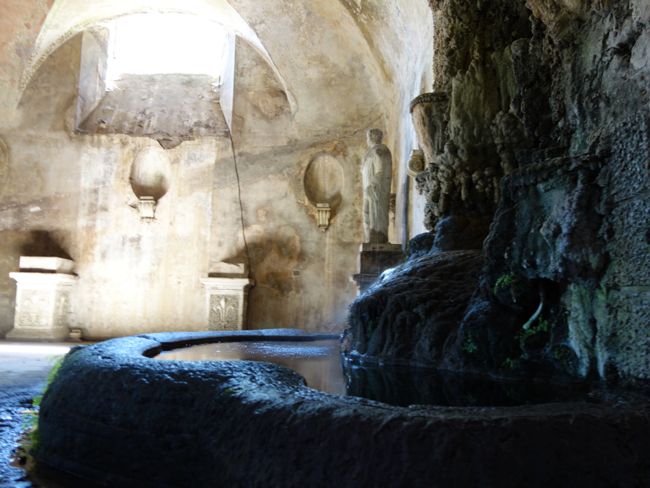
OMG beyond beautiful
Looks like some preservation is needed to protect and preserve those beautiful, muted fresco colors.
Interesting post.
Thanks for this (and all your notes) post. I wondered what this little structure might have hidden within. Very interesting venue! Thanks.
Wow, these photos {especially the frescoes!} make me want to plan another Rome visit.
Hopefully Casina Farnese & the Nymphaeum will be open to the public the next time we hop across the pond ….
Brava & Grazie, Friends of Heritage Preservation & World Monuments Fund!
Hello. I have just learned of your beautiful, wildly interesting and informative website and blogs from Alessandra Branca (a neighbor and friend in Chicago). I have now tried several of your delicious recipes and have passed on your name and site to friends who will be traveling to Italy.
I also must say you are the most marvelous photographer. The photographs are stunning and memorable. I know the next time I visit, I plan to use your services. (I can’t wait!). In the meantime, Your site makes for wonderful armchair traveling. Molte grazie. Helen
Thank you Helen! I’m glad to hear that my dishes are being cooked in Chicago. Hope to see you one day in Italy
The frescoes are so like those in Palazzo Farnese Caprarola …Amazing.
dont you think some of the animals/creatures look like Dr. Seuss ?
Amazing photos! I really enjoyed articles and info.
Thank you
The frescoes in the photos (where the background is white) really remind me of those in the Palazzo Vecchio in Florence. I wonder, could it be the same artist? The style is so similar. And, WOW! what a great organization the Friends of Heritage Preservation is! Thank you for bringing it to our attention because it is so important.
The grotesche was a popular design in the sixteenth century, based on Roman frescoes that had been discovered. Since they were discovered during archeological digs, and so underground, they were thought to be in caves, or grottoes.
Brilliant report and beautiful photos! just another reminder that you could live in Rome your whole life and never see everything! Thank you for sharing with us.
Thank you Eluzabeth for your clear , Frank, fun, informative descriptions of all thing Itslian. Just love to see your stunning pics and read your words that are just like friends conversing
Can’t wait to see you guys!!!
Great article and amazing pictures !! Thank you for share.